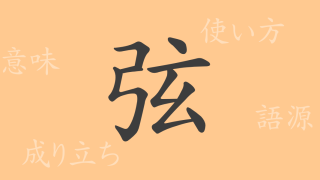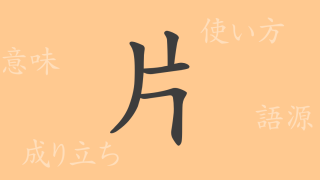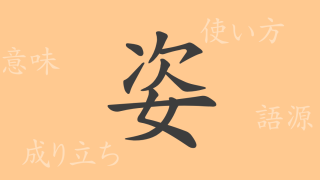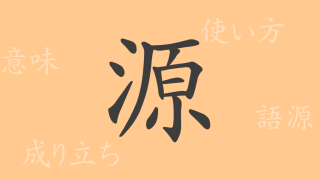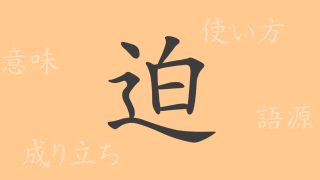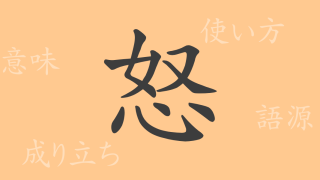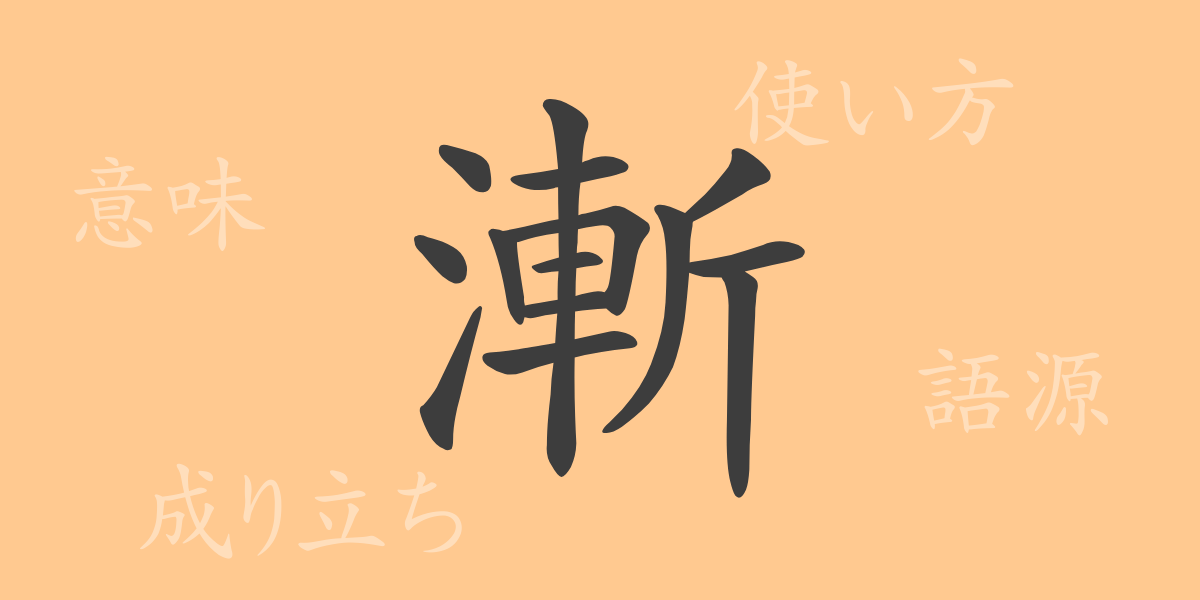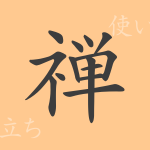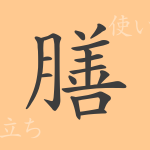The beauty of the Japanese language is evident in its characters, each bearing deep meanings that sometimes narrate a story by themselves. This article focuses on the Japanese common kanji “漸” (ぜん), exploring its origins, meanings, usages, readings, and the phrases it enriches. Join us as we uncover the history and profound significance behind this frequently encountered character in daily life.
Origins of 漸 (ぜん)
The kanji “漸” originates from ancient China, combining the radical for water, “氵” (さんずい), with “斬”, which initially meant to cut with a blade. This evolved to represent gradual progression, akin to cutting through something slowly. The character reflects the slow flow of water, embodying gradual or incremental progress.
Meaning and Usage of 漸
“漸” (ぜん) conveys meanings such as ‘gradually’ or ‘bit by bit.’ It is used to describe something that progresses slowly over time or increases in degree. For instance, “漸く” (ようやく), meaning ‘at last’ or ‘finally,’ and “漸進” (ぜんしん), meaning ‘gradual progress.’ This character aptly depicts changes that occur not abruptly but through a slow and steady process.
Readings, Stroke Count, and Radical of 漸
Understanding the readings, stroke count, and radical of “漸” deepens our grasp of the kanji:
- Readings: On’yomi “ゼン”, kun’yomi “ようやく”, “すすむ”
- Stroke count: 13
- Radical: 氵(さんずい)
Phrases, Idioms, and Proverbs Using 漸
The kanji “漸” is featured in various phrases, idioms, and proverbs that enrich the Japanese language:
- 漸進 (ぜんしん): Gradual progress.
- 漸進的 (ぜんしんてき): Descriptive of a step-by-step progression.
- 漸く (ようやく): At last, finally—used after a long period.
- 漸次 (ぜんじ): Gradually, bit by bit.
Conclusion on 漸
The kanji “漸” symbolizes gentle, water-like transitions, representing the serene flow of changes in Japanese. It is a valuable character in expressing how things evolve gradually, utilized in numerous idioms and phrases. By understanding and appropriately using “漸,” we can enhance our linguistic expression, enabling richer communication.






